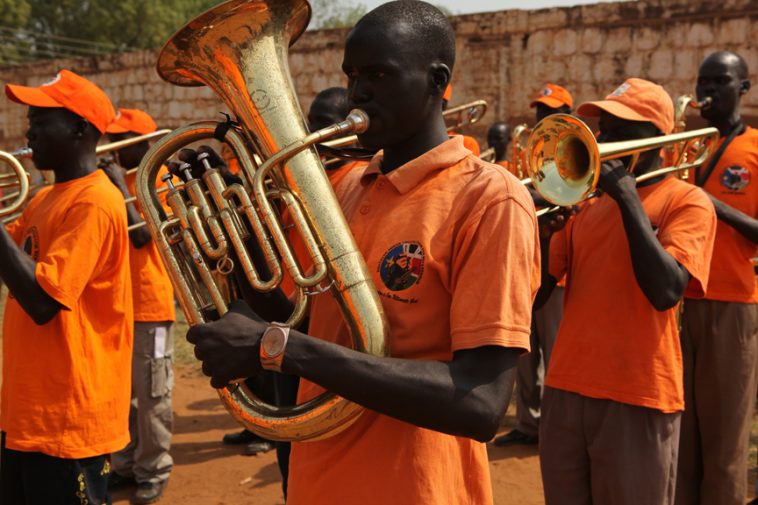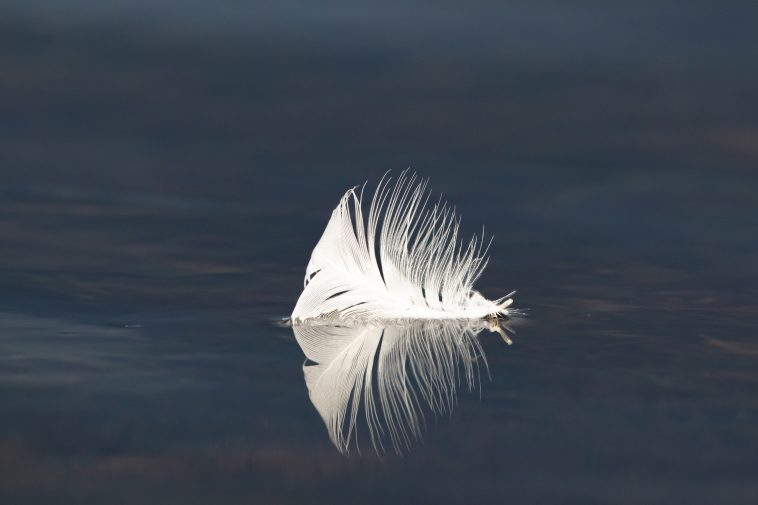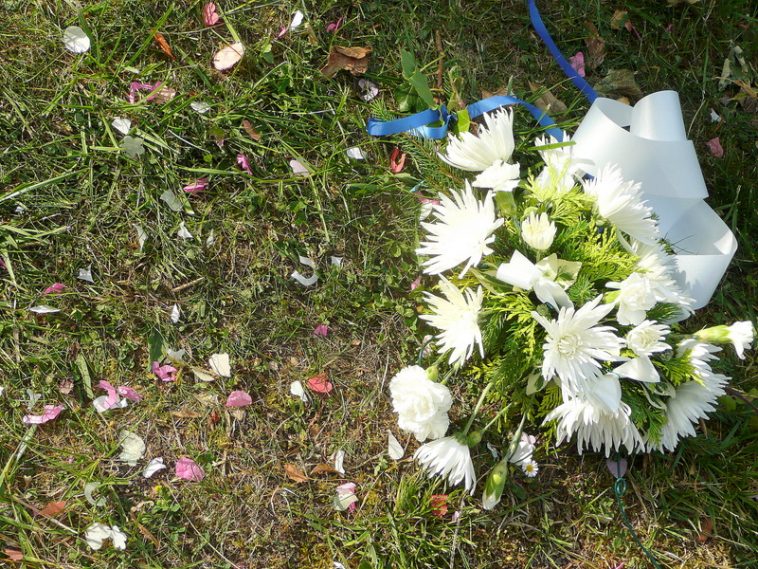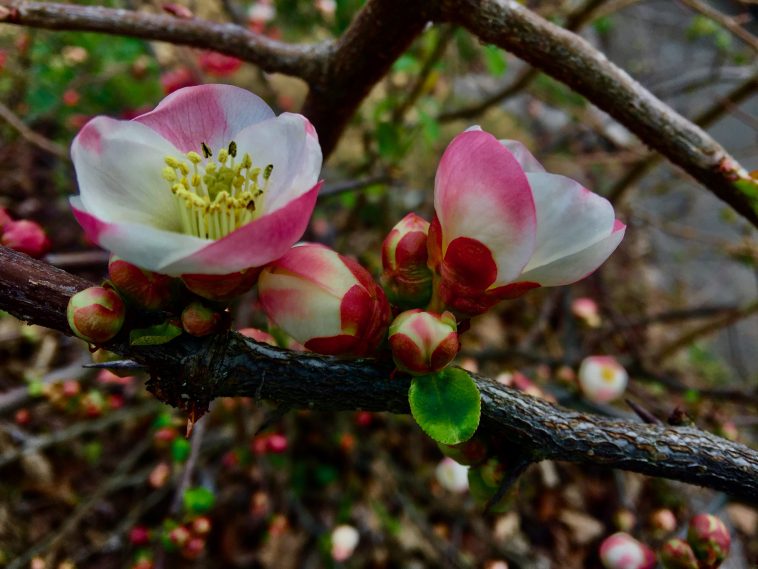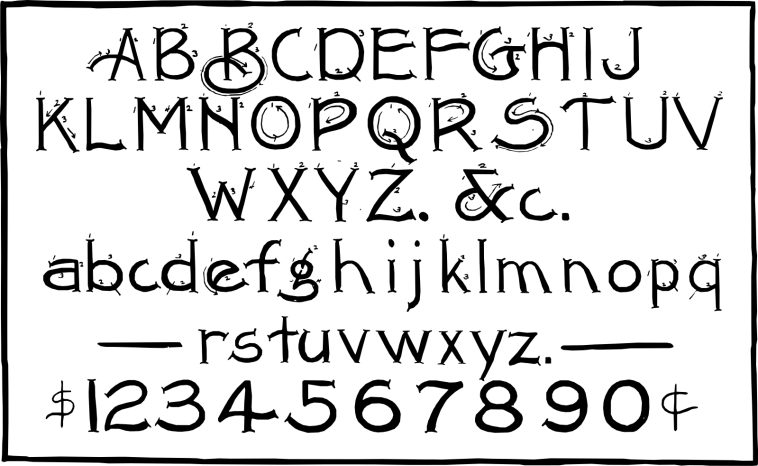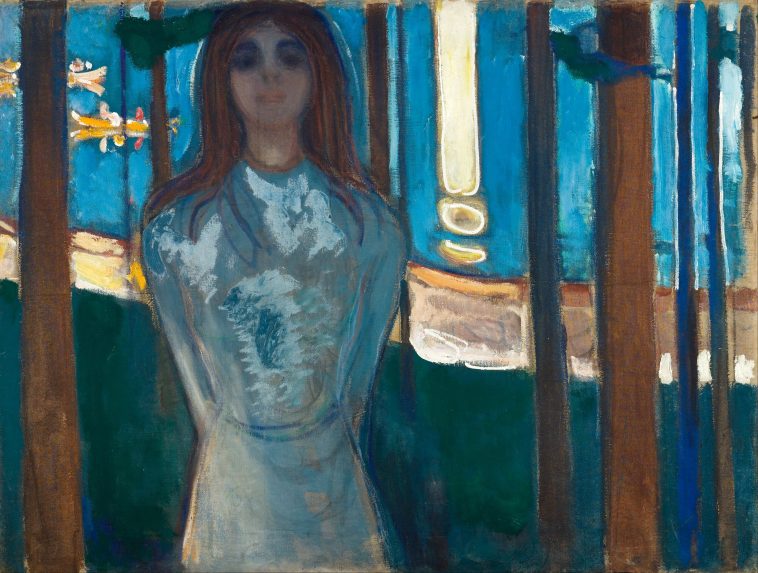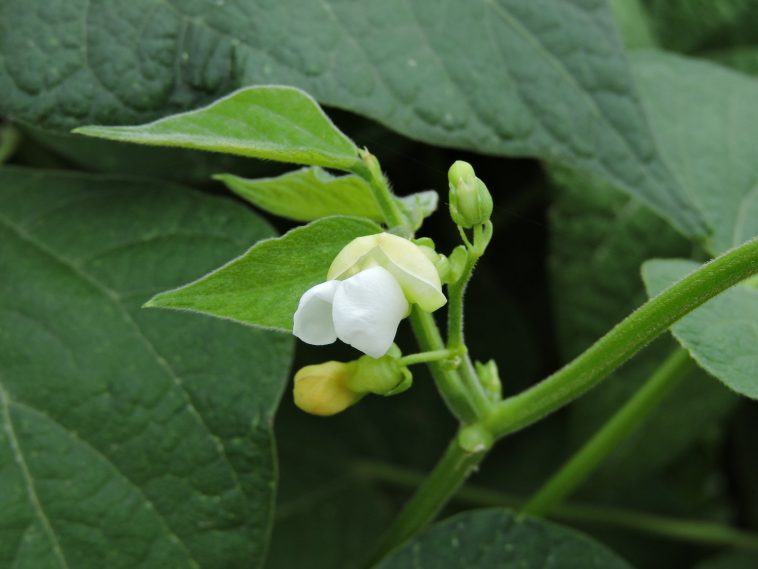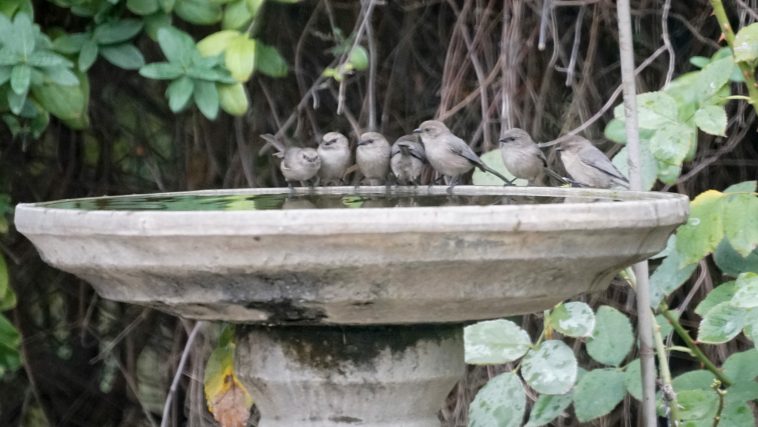Blank verse is unrhymed iambic pentameter. An iamb is a metrical foot consisting of one short (or unstressed) syllable followed by one long (or stressed) syllable. Pentameter means there are five of those in a line. You most likely known the sound of blank verse and don’t even know it. Recognize this?
But, soft! what light through yonder window breaks?
It is the east, and Juliet is the sun…
Publication News: “Lamentation: A Cento”
My poem, “Lamentation: A Cento,” has been published in Issue #14 of The Poeming Pigeon: A Journal of Poetry and Art. After ten years, this will be the final issue. I wrote this poem as part of a cento-centric project during the first two years of the COVID-19 pandemic
…
Writing in Form: A Narrative Poem in Syllabics
My narrative poem in syllabics, “Old, New, Broken, Blue,” was published in the Traditional Form issue of Blast Furnace, Volume 2, No. 2 in Spring of 2012. The pattern is this: Each stanza has lines bearing five syllables followed by a final line of two beats…
Oregon Poetry Association Honorable Mention for a Prose Poem
My yet-unpublished prose poem, “Thresholds of More Oblivious Blossoming,” has received the First Honorable Mention in the Form/Prose Poem Category of the Oregon Poetry Association’s Fall 2024 Contest. The category judge, Rana Tahir, wrote…
Playing with Form: The Abecedarian
In Summer 2018, riverbabble published my poem, “First Line of Defense: A Cento.” Not only does this poem use the cento form, stitching together lines borrowed from other poets into a poem all its own, but it is also an (almost) abecedarian. An abecedarian is a poem in which the first letter of each line or stanza follows sequentially through the alphabet…
…
Writing in Form: The Prose Poem
I started my creative writing journey in the wilds of prose, specifically fiction. My SUNY-Binghamton graduate school classes concentrated on fiction; my master’s thesis was a novel-in-progress. Even when I started making the shift to writing more poetry, I still dabbled in the prose poem—it felt familiar and doable to me. According to the Poetry Foundation, a prose poem is “a prose composition that, while not broken into verse lines, demonstrates other traits such as symbols, metaphors, and other figures of speech common to poetry.”
Book Review: The Art of Voice by Tony Hoagland
There are numerous ways to bring the art of the voice into poetry. We speak. We converse. We inhabit personas and personalities. We wail. We squawk. We squeal. We complain. We rant, rave, and react. We sound off with authority and verve. We simply and merely utter. And this is all the part of the notion of poetic voice. And in all of these varied utterances, we instinctively inhabit multiple registers of diction—high, middle, and low according to the late poet Tony Hoagland (with Kay Cosgrove) in his short, sweet, and very smart book of essays, The Art of Voice: Poetic Principles and Practice…
Poems Can Also Be Short!
My husband and I are avid gardeners. Every year, our community garden plot near the Woodlawn Elementary School is 400 square feet of asparagus, beets, carrots, delicata squash, leeks, peas, peppers, pole beans, potatoes, spinach, tomatoes, green and yellow wax bush beans, and some years even zucchini. Often we grow heirloom varieties…
Wisdom from a Poetry Mentor
I am a firm believer in the value of finding a poetry mentor, someone who will encourage and push you to the next necessary steps in finding your voice, in doing the creative work. When I first returned to writing poetry, way back in 2005 and 2006, I took a series of classes through an organization called Writers on the Net. I was incredibly lucky to stumble on an outstanding teacher, Bob Haynes and his courses, Daydreams I and Daydreams II. …
Crafting an Ars Poetica
Maybe it is a truism that all poets should at one point in their evolution as writers pen an ars poetica, a poem that explains or meditates on the art of poetry itself. Is this simply literary navel-gazing? An egocentric exercise in defending one’s own predilections, eccentricities, and writerly tics? Perhaps all of these questions could be answered with a resounding yes. But, for me, I still find value in attempting to wrestle with the “why” of poetry, the “how” of the poet herself. Even if the answers do and should evolve over time. …

